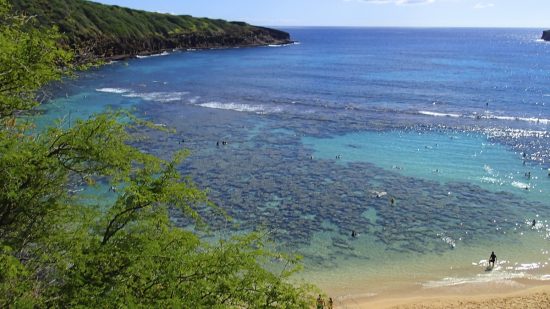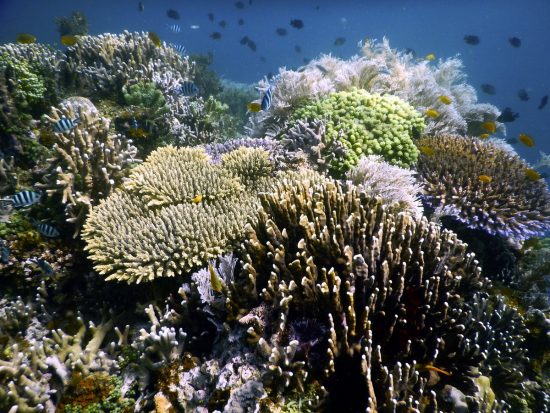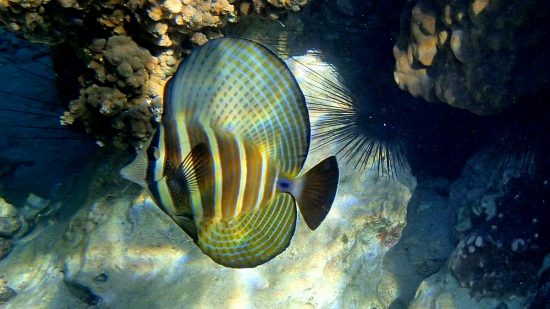





Global study uncovers “bright spots” where coral reefs thrive
Researchers have discovered certain places where coral reefs have
managed to thrive much better than expected, bringing new hope in the
approach of the conservation of our ecosystems.
In a global study involving 6,000 reef surveys in 46 countries
worldwide, researchers discovered 15 reefs which contained a lot more
fish than they would have expected.
Recently published in the Nature journal, the study involved 39 researchers from 34 countries.
“Given the widespread depletion of coral reefs fisheries globally, we
were really excited to find these ‘bright spots’ that were faring much
better than we anticipated,” said lead author Professor Joshua Cinner
from the ARC Centre of Excellence for Coral Reef Studies at James Cook
University.
The 15 reefs were not model pristine reefs, but instead were reefs that
contained more fish than expected, considering their exposure to
various factors like fishing pressure and unfavourable environmental
conditions.
The researchers sought to find out how the reefs were able to thrive
within their environment and how the same results can be replicated in
other reefs. Co-author Professor Nick Graham from Lancaster University
reiterated that coral reefs were in decline globally and that current
strategies were insufficient in preserving them.
“Our bright spots approach has identified places we did not previously
know were so successful, and the really interesting thing is that they
are not necessarily untouched by Man,” he said, adding that the
discovery held the potential for the development of exciting new
solutions for coral reef conservation.
In the same study, the researchers also discovered 35 reefs (which they
called “dark spots”) that were in much worse conditions than expected.
According to co-author Dr Christina Hicks from Lancaster and Stanford
Universities, these reefs had some things in common: “They were subject
to intensive netting activities and there was easy access to freezers
so people could stockpile fish to send to the market.”
The bright spots were typically found in the Pacific Ocean in areas
like the Solomon Islands, parts of Indonesia, Papua New Guinea and
Kiribati. As for the dark spots, they were found in every major ocean
basin and more globally distributed.
Link to study: www.nature.com/.../nature18607.html
Further information: www.coralcoe.org.au
 Mares
Mares 23rd June 2016
23rd June 2016